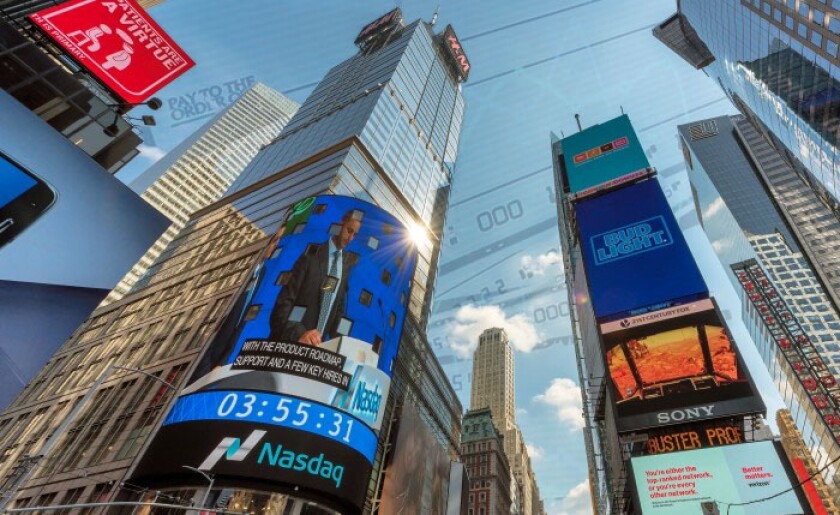“I think we're going to see some of those going back private, [being] bought, or taken over by either some larger competitor or by someone who believes in tech, the solution they are designing or providing,” he said.
“It

“I think we're going to see some of those going back private, [being] bought, or taken over by either some larger competitor or by someone who believes in tech, the solution they are designing or providing,” he said.
“It